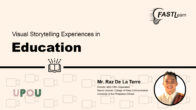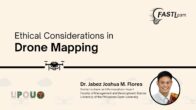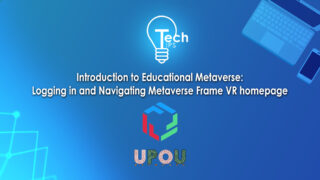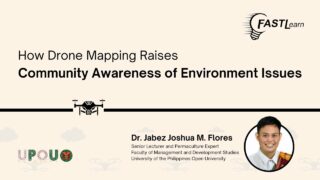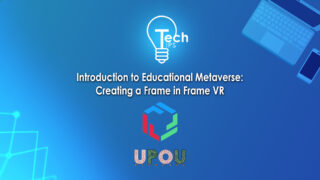How can visual storytelling be used to educate students?
I think one way that the best approach to think about visual storytelling is it’s a tool. If we are able to see it as a tool rather than a discipline alone, then it opens our minds to its flexibility of applying it in different fields of study. So in my case, I happen to be focusing on the communication through this medium.
As an educator, that’s what I do. I teach videography, I teach directing, I teach producing, writing. So I focus in the effectivity of using the medium. But the use of the medium itself is so flexible that it doesn’t matter that you’re in the media. You can actually be in chemistry, you can actually be in the sciences, you can actually be teaching criminal investigation.
And you can still use the medium. So in that sense, us people, us educators who are in the field of teaching about the media and visual storytelling or visual communication, it really gives us that relevance across different fields. So say for example, I’ll give you an example. For example, in one of the lessons that I teach in videography, I teach about the science of how we’re able to use lenses in order to capture a real-life scene just like this right now.
How is it that we’re able to transfer it into a camera? What is it about the camera that allows the reflection of this light to bounce off onto this lens inside, captured by a sensor, and recreate exactly what’s happening in real life, in the scene that you’re seeing in front of it, right? And that’s an aspect of the lesson that helps them understand the science of it. But what I’m actually teaching is videography. That’s just one aspect of it.
So I ask my students, okay, in one exercise, why don’t you create a video production wherein you are showing me how a camera obscura works, and you have all the freedom in the world to create a story behind it. You can make it like a simple how-to video. This is how a camera obscura is done.
Or you can make it meaningful. You can make it about whatever, someone, a character who sees a box, and who sees a glass, and some reason ended up putting it together or you can make it metaphorical wherein it’s about a character who desires to see outside of his box and see the world outside it.
And you use the physical manifestation of a camera obscura to represent that and what they come up with are so varied and so interesting and so engaging, but in essence, what they’re really exercising is what they’ve learned about the science of how light is captured.
And so you have it both ways. I’m teaching it in a way that allows them to understand the science better, but at the same time, it’s also allowing them to exercise their skill in storytelling. And at the same time, it’s also allowing them to expand their imagination, to be creators.
And that’s not something that you can say for everyone, but there are opportunities like that. If only it’s emanating from a core desire to communicate something, whether it’s as simple as, I want to communicate what I’ve learned in this class, or I want to communicate my identity as someone who wants to break out of the restrictions of my adolescent life. However it is, you’re using stories and the visual medium to carry out all of that.
